News and stories
Through our publications, thought pieces, and events, we’re sharing vital knowledge between technical experts and practitioners.

Stories
Stories to celebrate the impact of our projects, and blogs to highlight key issues in humanitarian response.
-
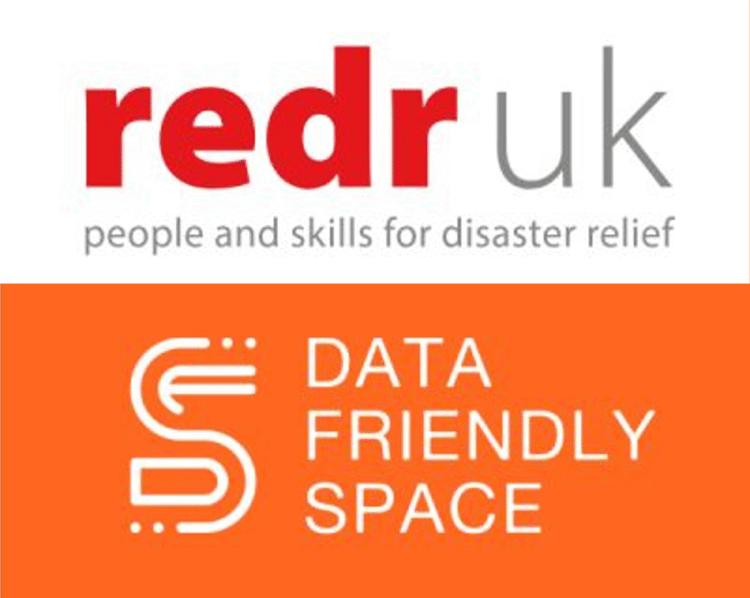
News and stories
RedR Partners with Data Friendly Space
-
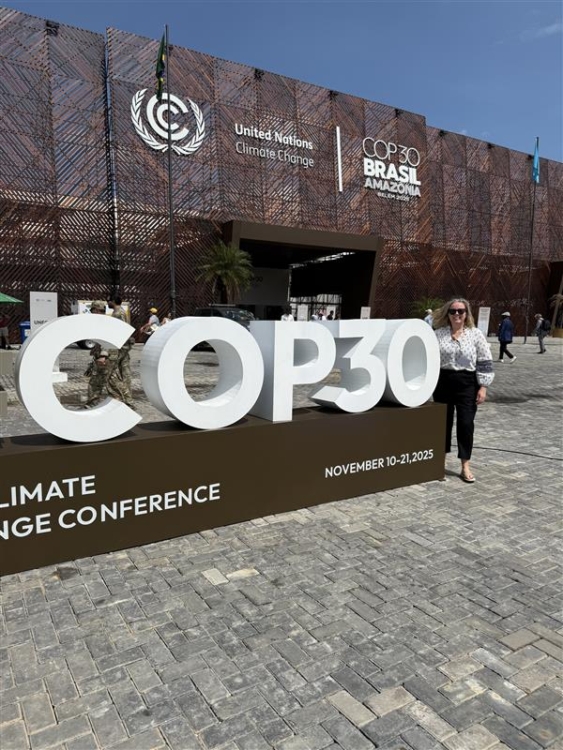
News and stories
Reflections from COP30 Belém
-
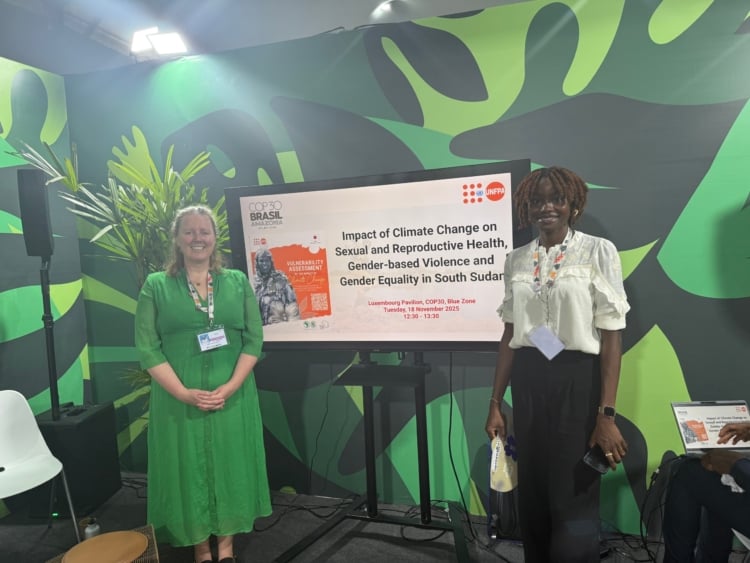
News and stories
From COP30: Why Climate Justice Must Include Gender and Health
-
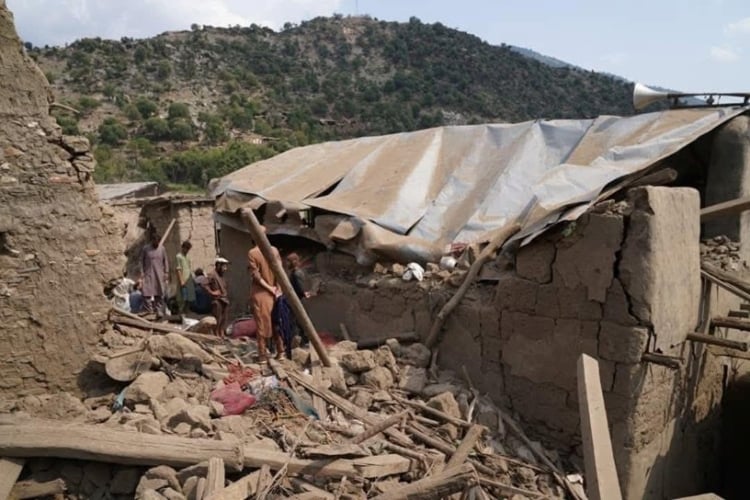
News and stories
Afghanistan Earthquake Response
-
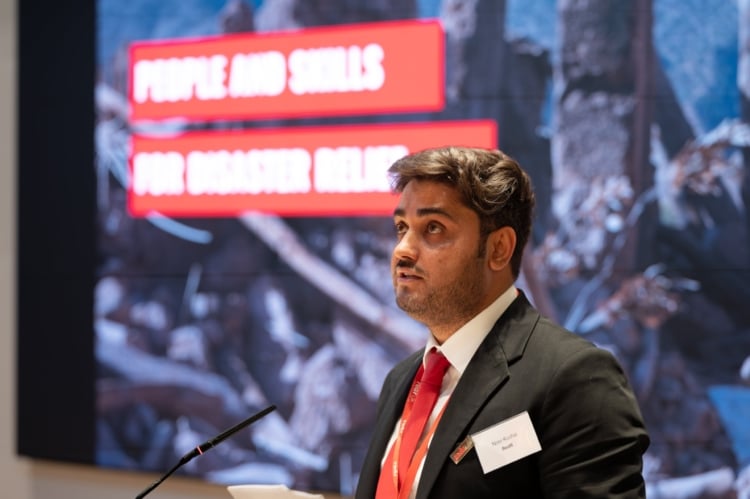
News and stories
Bridging the Gap: RedR’s Approach to Humanitarian Training in Ukraine
-
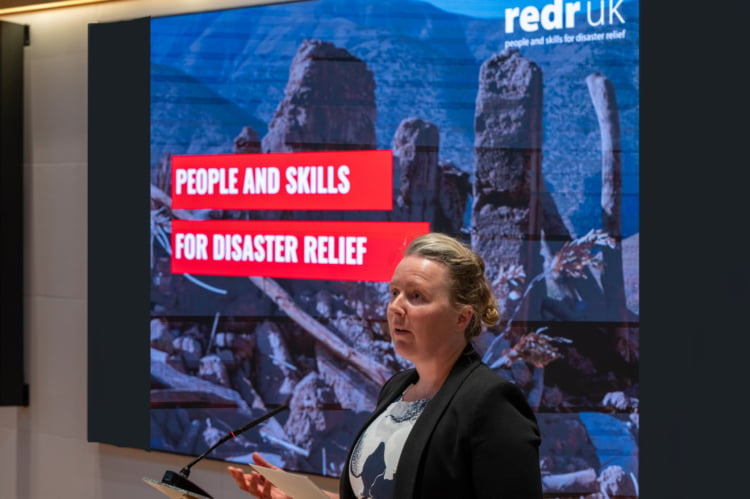
News and stories
Marking the 45th Anniversary of RedR
-
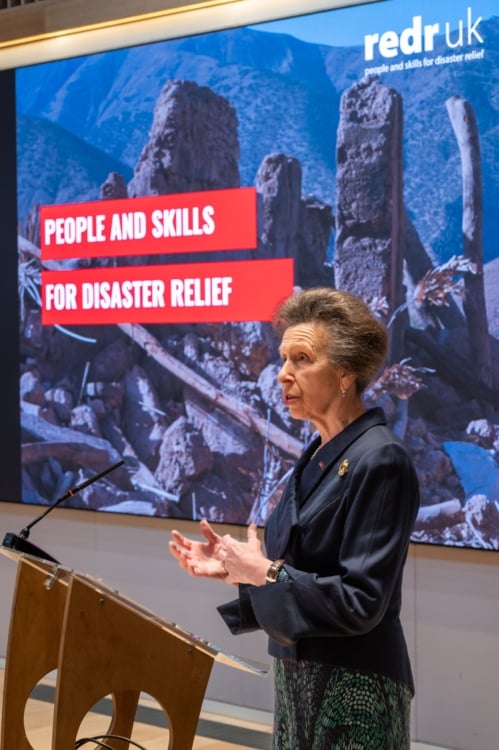
News and stories
RedR UK Celebrates 45th Anniversary and Strategy Launch
-
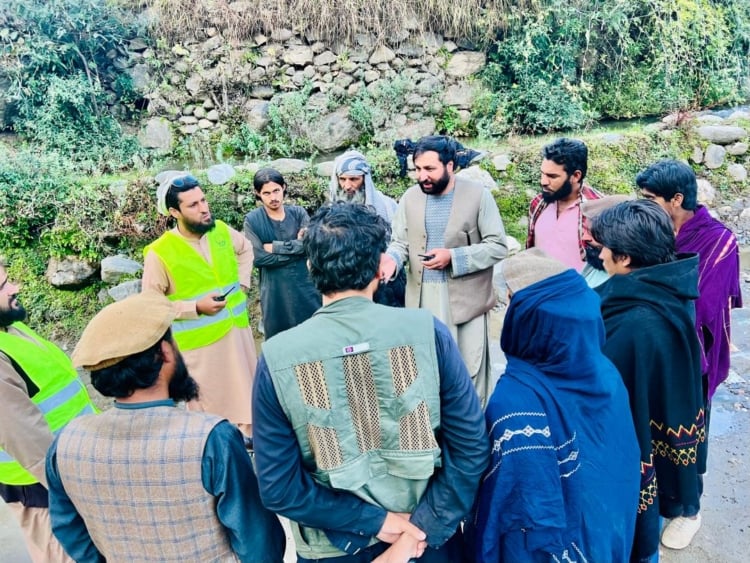
News and stories
Building Climate Resilience in Afghanistan: Abdulhadi Achakzai’s Journey
-
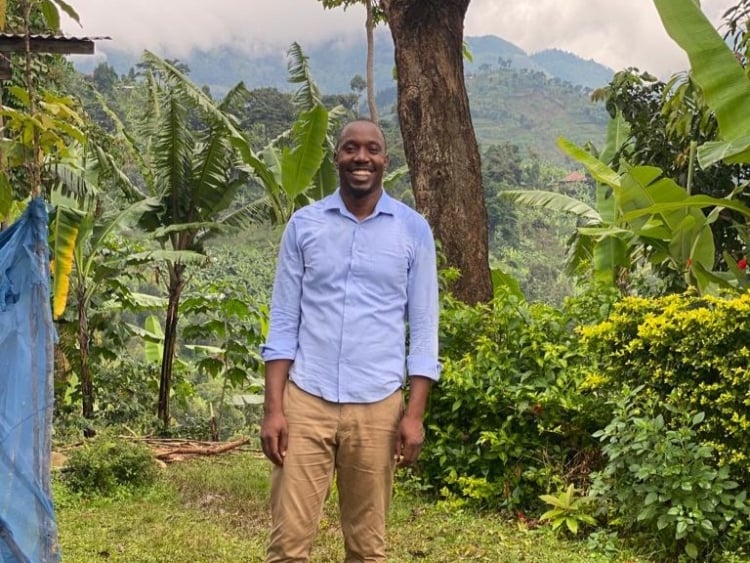
News and stories
George: Promoting Climate Adaptation and Community Integration
-
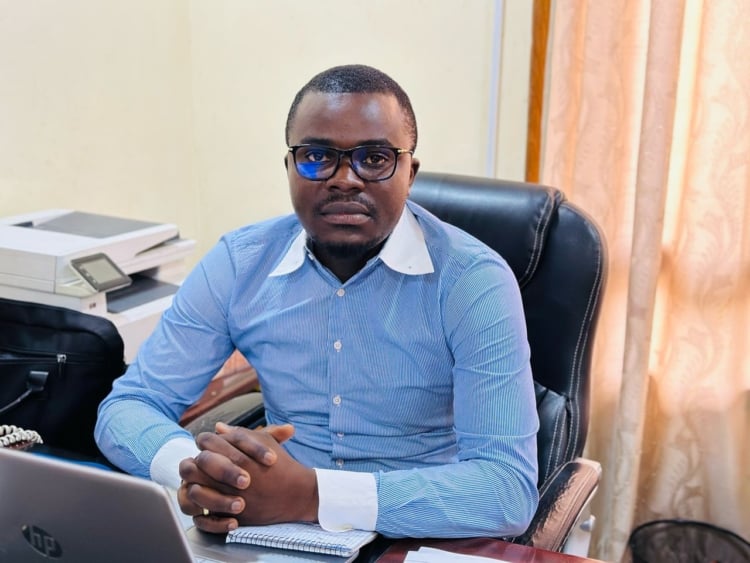
News and stories
Casimir: From Reactive to Proactive – Transforming Disaster Response
-
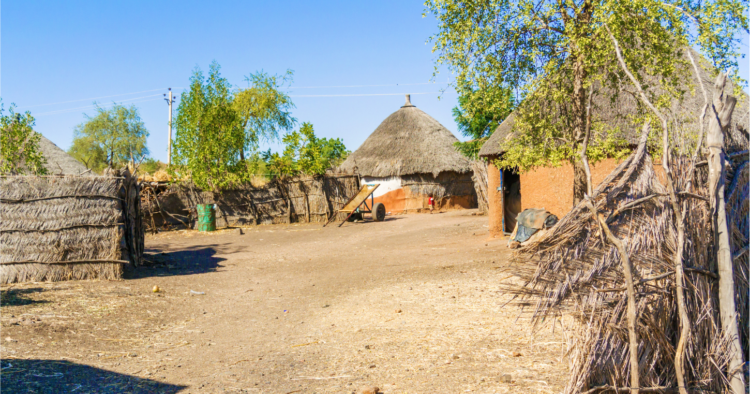
News and stories
Huda: Transforming Humanitarian Training for Crisis-Affected Communities
-

News and stories
Cultural heritage and earthquake resilience in Afghanistan